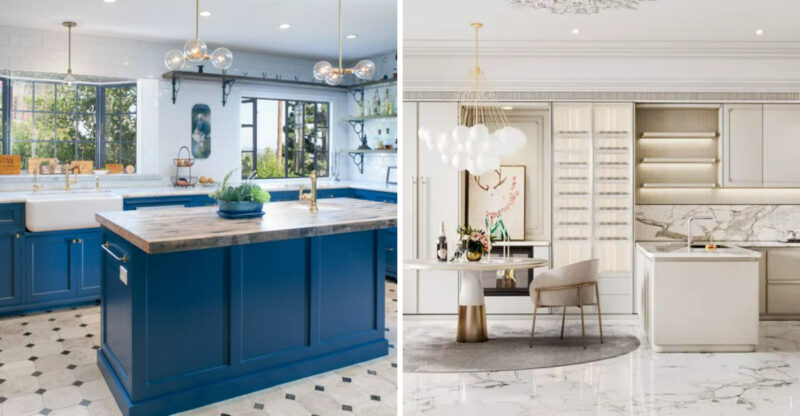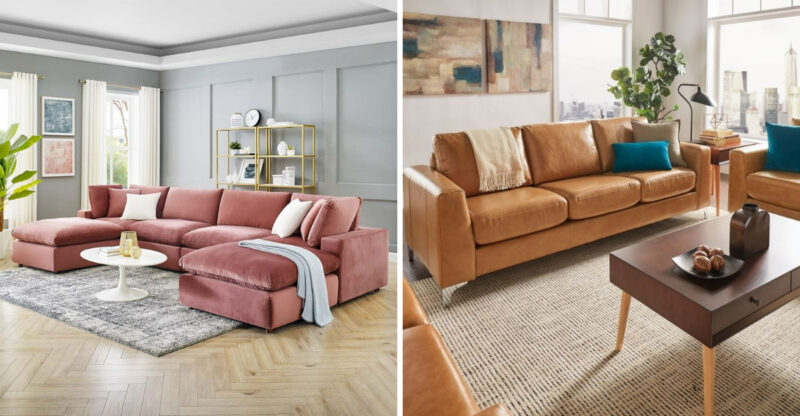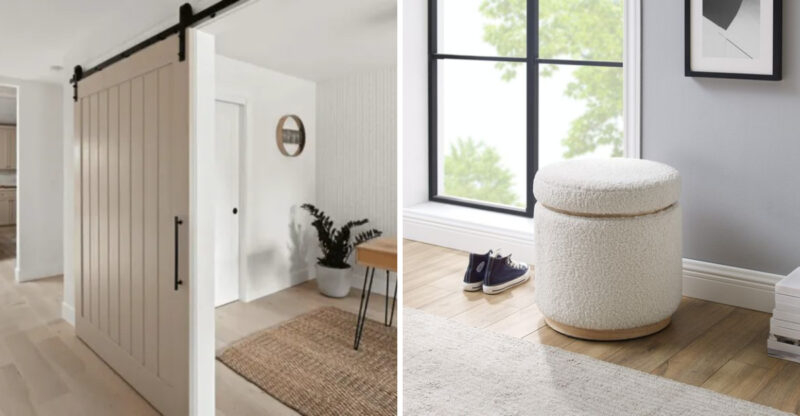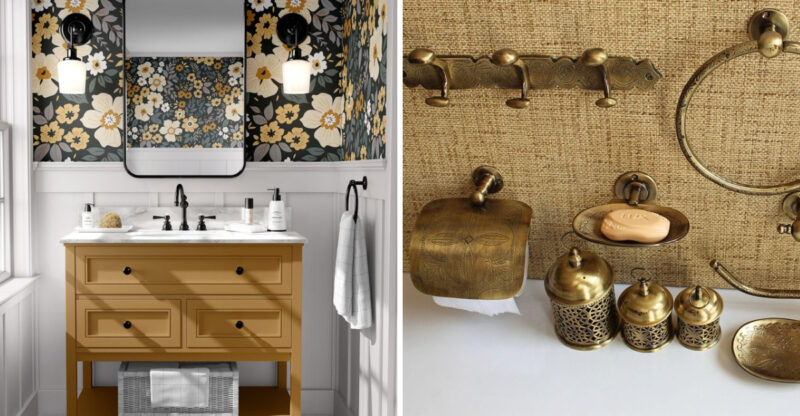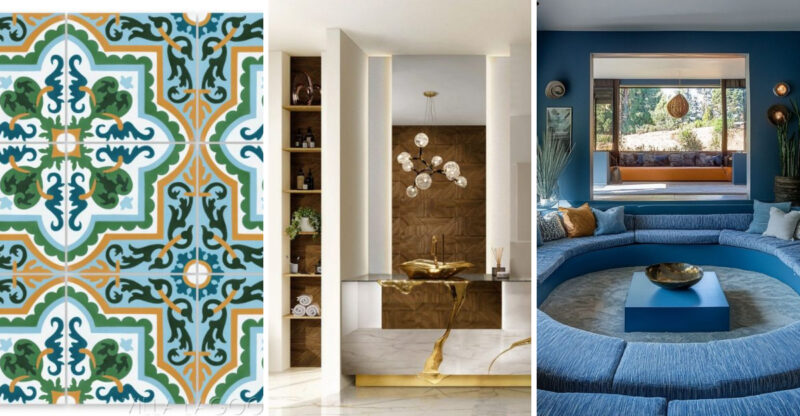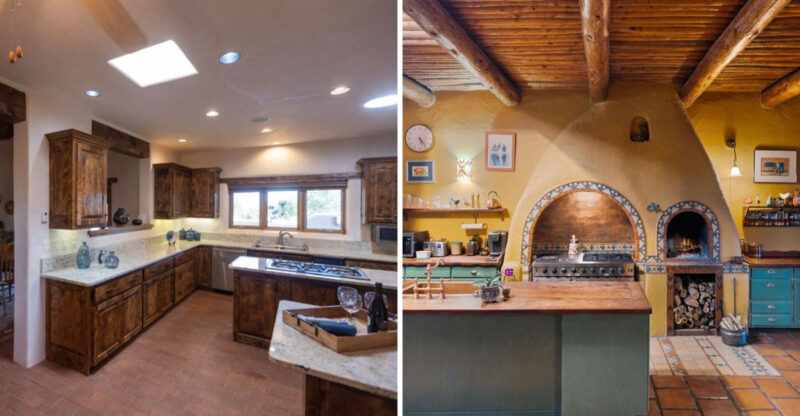14 Kitchen Trends Some Say Are Fading From Popularity
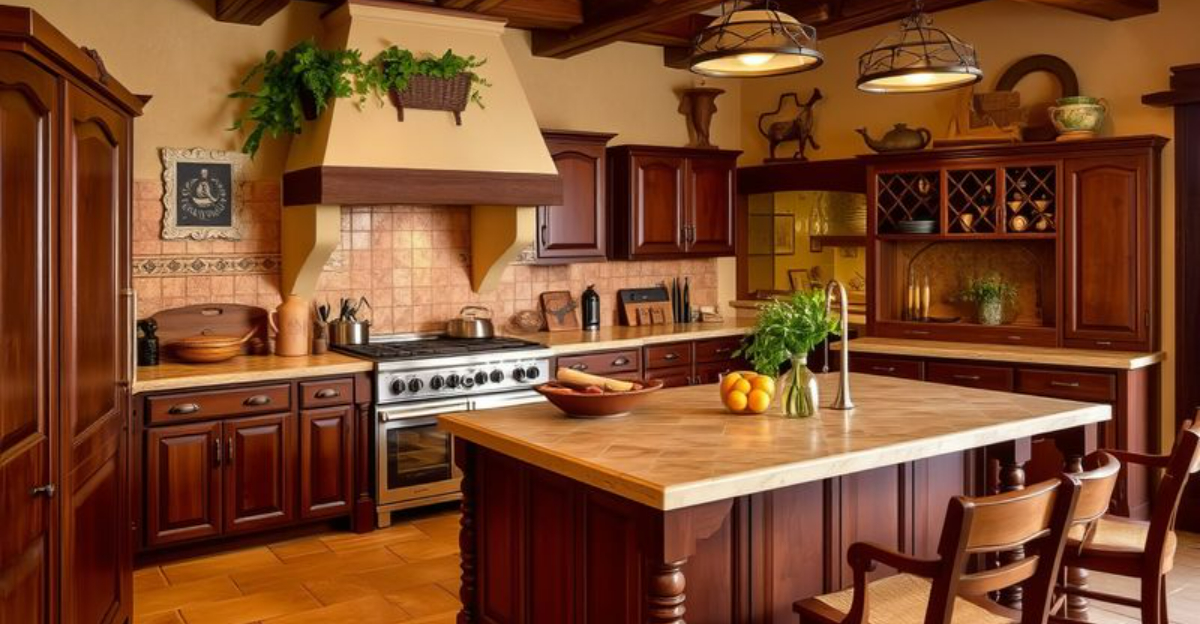
Kitchen design trends come and go faster than you might think. What was hot just a few years ago might now be making designers and homeowners cringe. I’ve noticed how quickly these styles shift while helping friends update their kitchens.
If you’re planning a renovation soon, you might want to know which once-popular features are now losing their appeal before you invest in something that won’t stand the test of time.
1. All-White Everything

Remember when every kitchen makeover show featured gleaming white cabinets, countertops, and backsplashes? Those days are fading fast. Many homeowners have discovered the practical drawbacks of this pristine look.
White shows every speck of dirt and tomato sauce splash. Cleaning becomes a constant battle rather than an occasional chore. Plus, all-white spaces often feel clinical rather than cozy.
Designers are now embracing warmer neutrals and mixed materials that add character while hiding the inevitable kitchen messes. Even a hint of color or natural wood can transform a sterile space into something with soul.
2. Open Shelving Overload
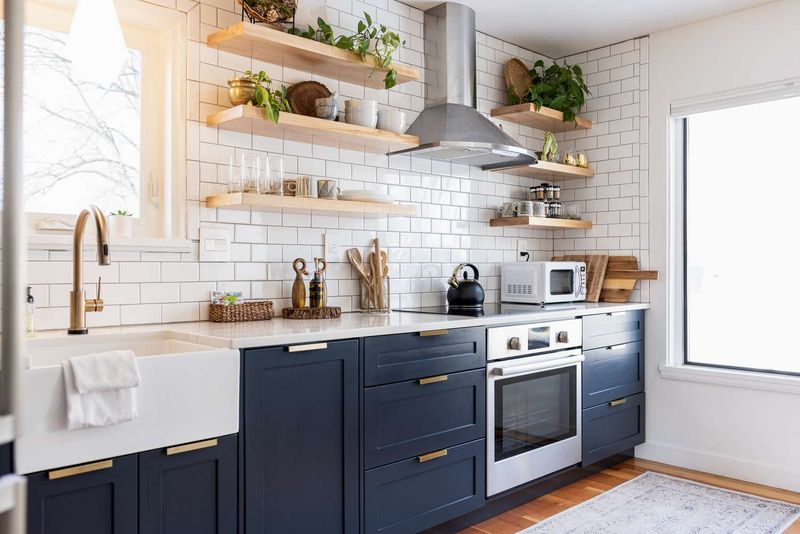
Open shelves looked amazing in magazines with their perfectly arranged dishes and minimal styling. Real life, however, has a way of complicating this picture-perfect trend. Dust collection becomes a major issue when everything sits exposed.
Your everyday mismatched mugs and plastic kids’ cups don’t exactly create that curated vibe. And the constant pressure to keep everything looking display-worthy adds unnecessary stress to daily life.
Many homeowners are returning to closed upper cabinets or opting for a mix, perhaps one small section of open shelving as an accent rather than replacing all storage with exposed options.
3. Farmhouse Style Overload
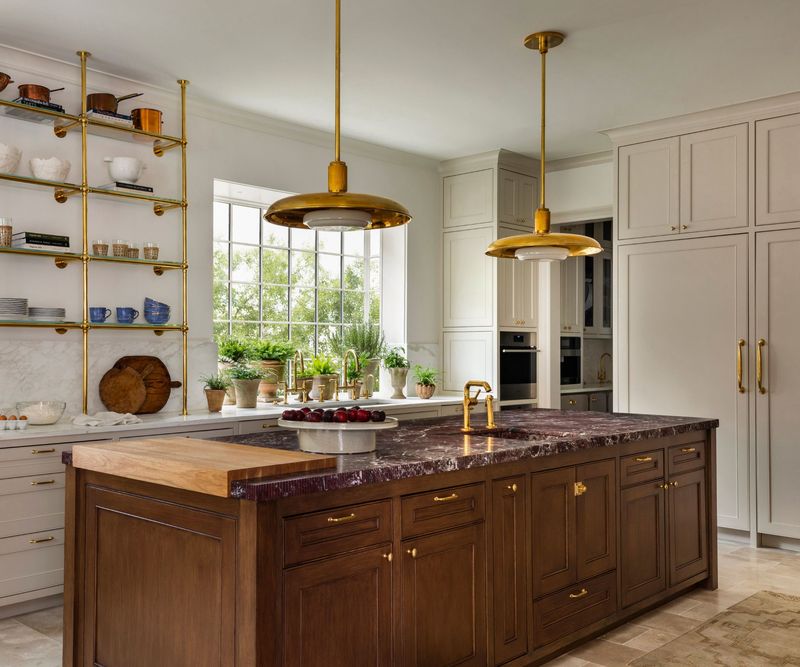
Shiplap, barn doors, and rustic signs proclaiming “EAT” have saturated the market for years. The farmhouse aesthetic championed by certain TV designers reached such peak popularity that it now feels more like a cliché than a fresh design choice.
Homeowners are stepping back from the all-in farmhouse approach. The heavily distressed furniture and abundance of galvanized metal are giving way to more refined country-inspired elements.
If you love aspects of farmhouse style, consider incorporating just one or two subtle elements rather than transforming your kitchen into what looks like a set from a country-themed television show.
4. Industrial Lighting Overkill
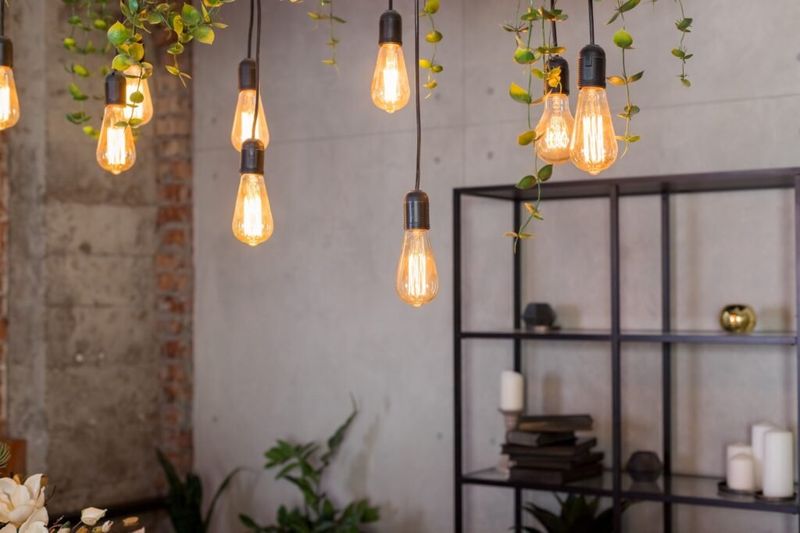
Those Edison bulb fixtures and cage-style pendants that once seemed so edgy are losing their appeal. After appearing in every restaurant, coffee shop, and renovated home, they’ve become victims of their own popularity.
The harsh light from exposed bulbs isn’t particularly flattering or functional for cooking spaces. Energy efficiency is another concern, as many of these fixtures were designed more for looks than practical illumination.
Lighting trends are shifting toward fixtures that blend form and function, think sculptural pieces that make a statement while providing proper task lighting with softer, more flattering illumination.
5. Granite Countertop Monopoly
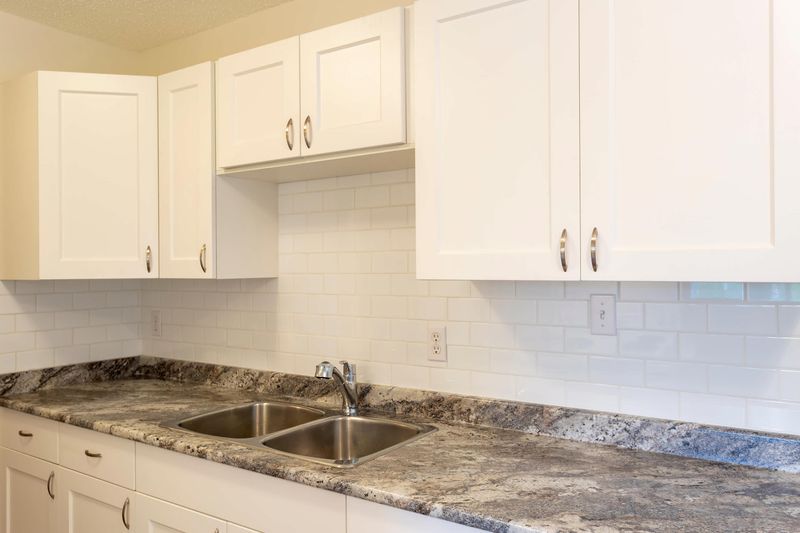
For decades, granite reigned supreme as the must-have countertop material. Its busy patterns and speckled appearance were once seen as the height of luxury but now can date a kitchen instantly. The shiny, heavily veined versions especially scream “early 2000s renovation.”
Homeowners are gravitating toward materials with subtler, more consistent patterning. Quartz has taken the lead for its durability and lower maintenance, while soapstone, concrete, and even wood are gaining popularity for their organic appeal.
If you still love natural stone, consider honed (matte) finishes and less busy patterns that won’t visually overwhelm your space or quickly reveal the era of your renovation.
6. Tuscan-Inspired Overindulgence
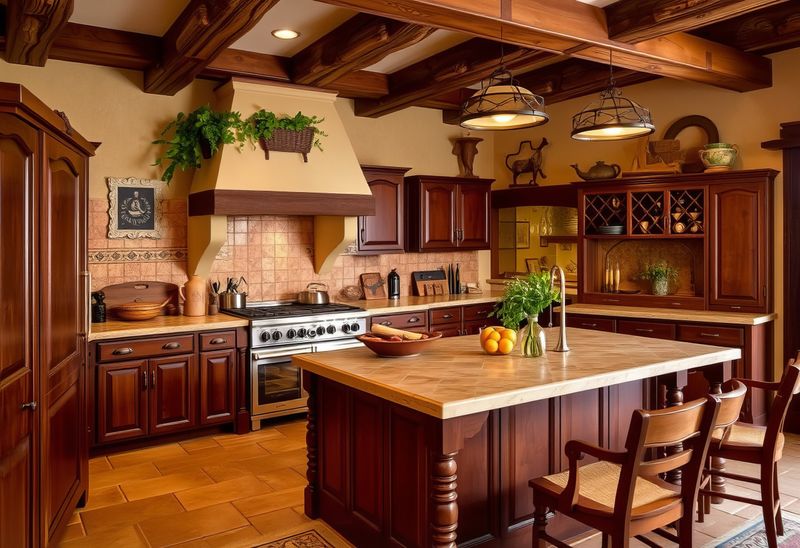
The heavy Mediterranean look dominated early 2000s kitchens with its dark cherry cabinets, ornate scrollwork, and faux-finished walls. All that visual weight and artificial aging now feels outdated and overwhelming compared to today’s lighter aesthetic preferences.
Wrought iron accents, fruit-themed tiles, and those ubiquitous grape vine motifs have fallen firmly out of favor. The artificially distressed finishes that were meant to evoke Old World charm often just look tired and dingy now.
Homeowners seeking warmth are finding ways to incorporate Mediterranean elements more subtly, perhaps through a terra cotta floor or warm wood tones without all the heavy ornamentation and artificial aging techniques.
7. Pot Racks Hanging Overhead
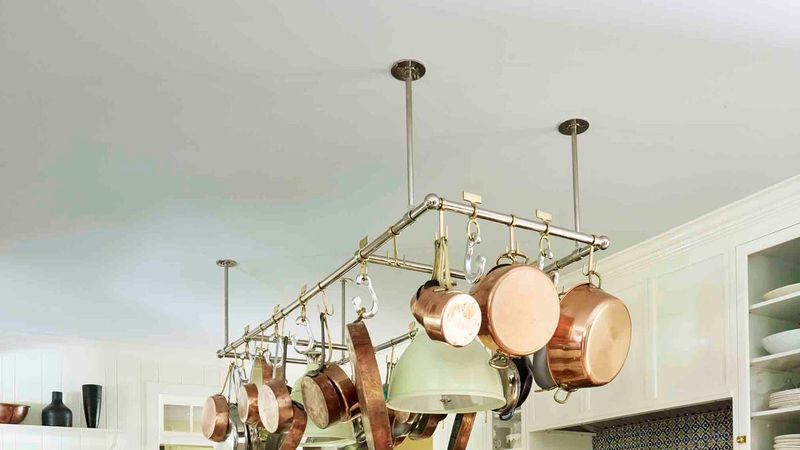
Suspended pot racks once symbolized serious home cooking credentials. Today, they’re increasingly viewed as dust collectors that create visual clutter in the kitchen ceiling space. The reality of maintaining those perfectly arranged copper pots is far from the romantic chef’s kitchen image they promised.
Grease and dust accumulate quickly on hanging cookware, requiring frequent cleaning. And unless you’re exceptionally tall, retrieving heavy pots from overhead can be awkward or even dangerous.
Modern kitchen designs favor smart storage solutions like deep drawers specifically sized for pots and pans, pull-out organizers, or even dedicated appliance garages that keep essentials accessible without sacrificing aesthetics.
8. Microwave Above The Range

Placing the microwave over the stove once seemed like smart space utilization. Experience has revealed significant drawbacks to this arrangement. For starters, it creates an ergonomic nightmare, reaching over a hot cooking surface to access food is neither comfortable nor safe.
Short family members and children can’t safely use a microwave positioned so high. The appliance also performs poorly as a ventilation system compared to dedicated range hoods designed specifically for that purpose.
Newer kitchen designs integrate microwaves at counter height or in dedicated microwave drawers. These placements improve accessibility while allowing for proper ventilation above cooking surfaces, a win for both function and air quality.
9. Short Upper Cabinets With Soffits
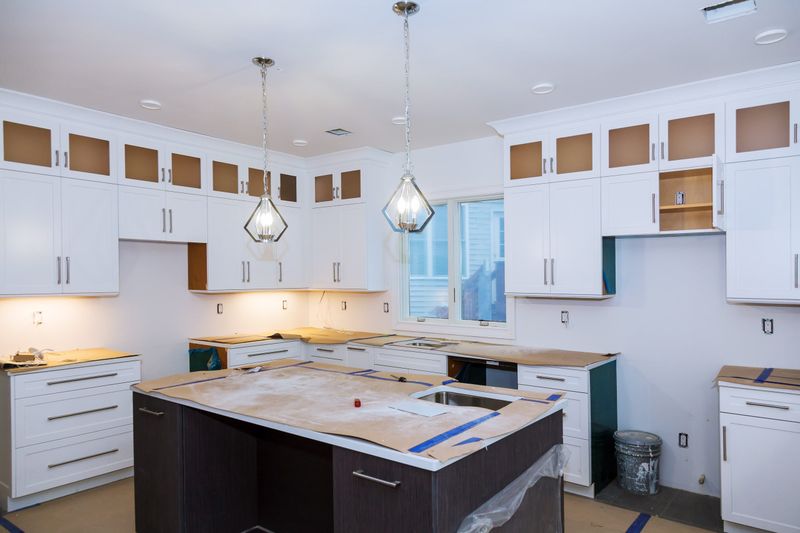
Those awkward spaces between cabinet tops and ceilings collect dust and waste valuable storage potential. Older kitchen designs often featured these gaps or covered them with soffits, those boxed-in areas that make ceilings feel lower and kitchens more cramped.
Today’s trend extends cabinets to the ceiling, maximizing every inch of storage space. This approach not only provides more room for seldom-used items but also creates a cleaner, more architectural look that makes spaces feel larger and more custom.
If ceiling-height cabinets aren’t in your budget, consider adding simple floating shelves above existing cabinets or using the space to display attractive items that don’t require frequent access.
10. Tile Countertops
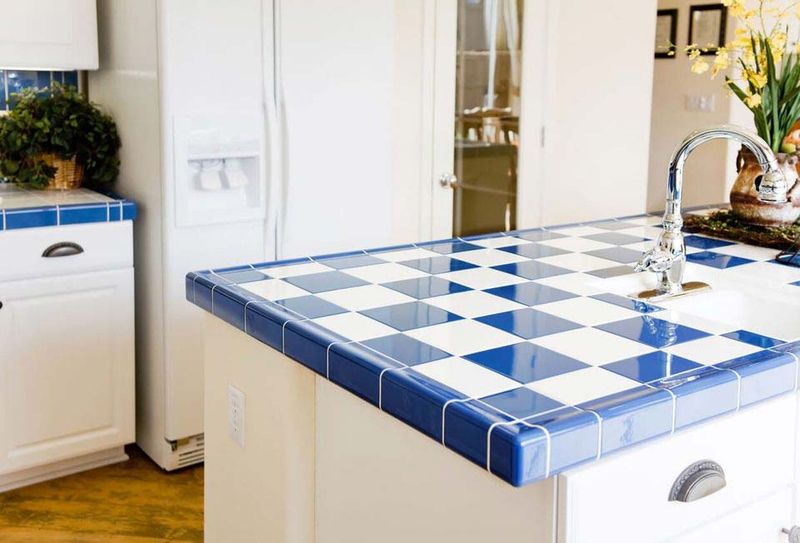
Tile countertops had their moment in the 80s and 90s, but they’ve fallen dramatically out of favor, and for good reason. The grout lines between tiles create the perfect breeding ground for bacteria and are nearly impossible to keep truly clean in food preparation areas.
Beyond hygiene concerns, the uneven surface makes rolling out dough or working with precise measurements frustrating. Items tip over easily, and glasses are prone to breaking when set down too firmly.
Continuous-surface alternatives like quartz, solid surface materials, or even large-format porcelain slabs provide the durability of tile without the problematic grout lines and uneven surfaces that make tile countertops so impractical.
11. Distressed And Glazed Cabinets
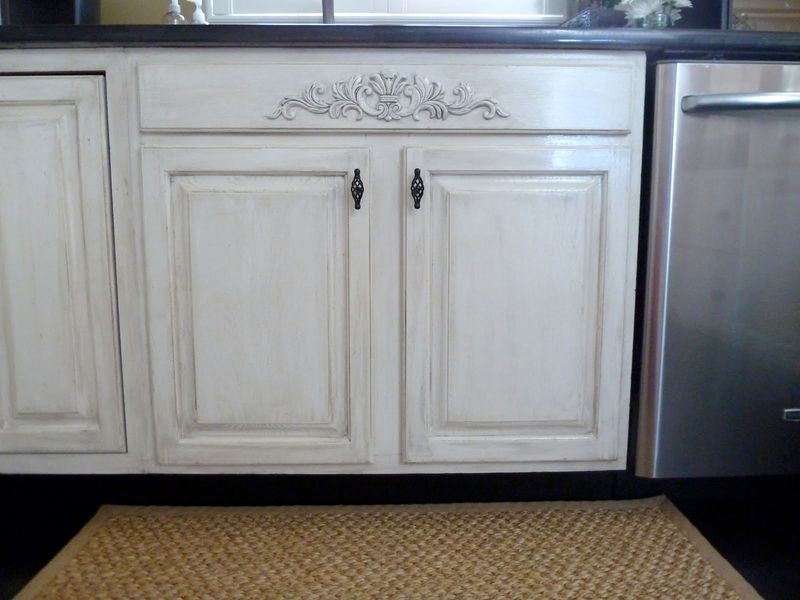
Cabinet finishes that deliberately mimicked decades of wear once dominated kitchen design. Artificial distressing techniques, from sanding edges to applying dark glaze in corners, were meant to add character but now look contrived and dated.
The heavy glazing that was popular in the early 2000s tends to make kitchens feel dark and smaller than they actually are. These finishes also limit design flexibility, as they’re strongly tied to specific aesthetic periods.
Today’s cabinet trends favor either clean, simple finishes or authentically aged materials that develop patina naturally over time. If you want character, designers suggest focusing on interesting hardware or incorporating genuinely vintage elements rather than faux-aged finishes.
12. Over-The-Top Kitchen Islands
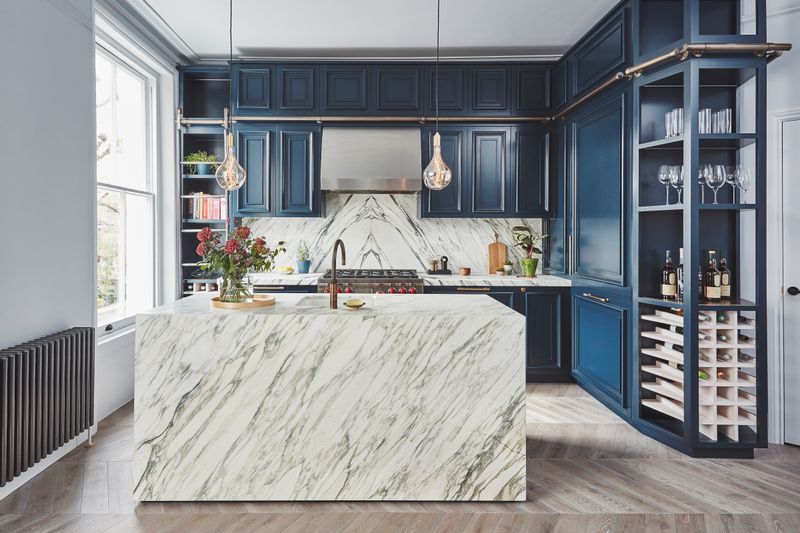
Massive islands with multiple levels, built-in wine fridges, and ornate corbels are losing favor as homeowners recognize the impracticality of these showpieces. The different height surfaces often create awkward working conditions and limit the island’s flexibility.
Elaborate decorative elements collect dust and grease in the kitchen environment. The trend toward entertaining in kitchens has revealed that simpler, single-height islands better accommodate both cooking and socializing.
Current island designs emphasize clean lines and maximum functionality with thoughtful storage, comfortable seating, and adequate workspace. The focus has shifted from decorative statements to hardworking surfaces that serve multiple purposes without visual clutter.
13. Appliance Garages With Roll-Up Doors
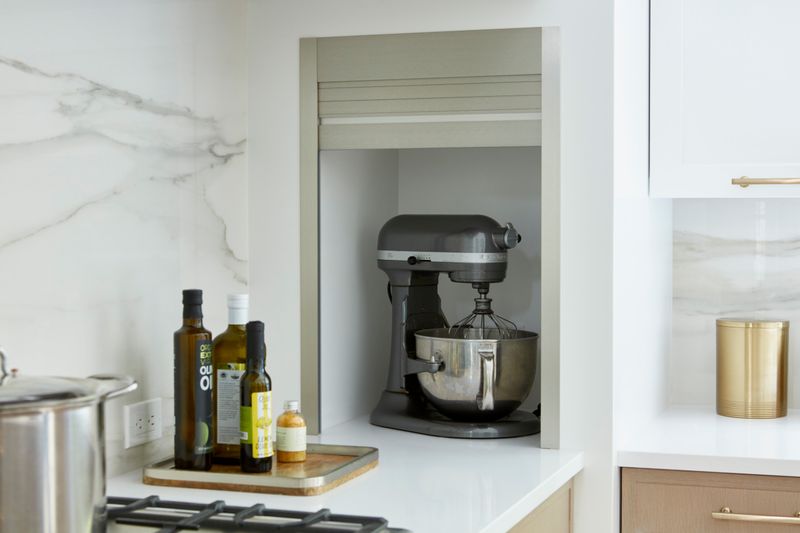
Those corner cabinets with tambour doors designed to hide toasters and coffee makers are increasingly seen as wasted space. The mechanics of the rolling doors often break down over time, leaving you with a stuck appliance hideaway.
The limited depth and awkward angles make these spaces impractical for modern, larger appliances. Many homeowners found they rarely bothered closing the doors anyway, defeating the decluttering purpose.
Contemporary kitchens favor either dedicated appliance walls with custom storage sized for specific items or the embrace of select quality appliances as design elements worth displaying. Pull-out shelves and specialized interior organizers provide more flexible solutions for hiding kitchen tools.
14. Fluorescent Box Lighting
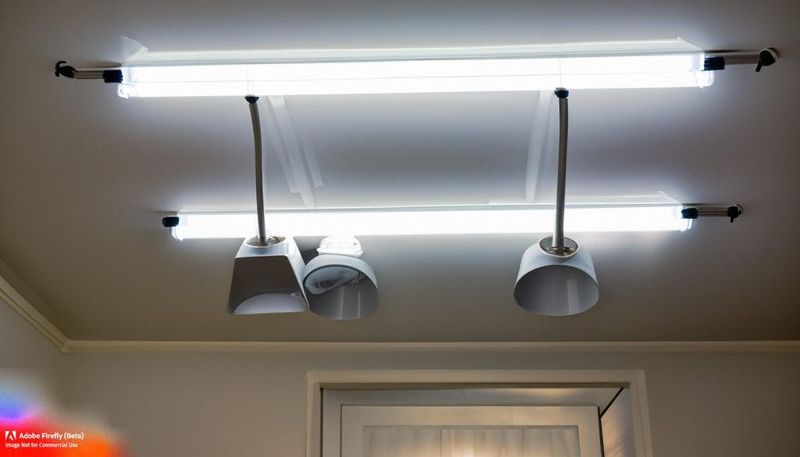
Those harsh fluorescent light panels that were standard in kitchens for decades are finally disappearing from modern homes. The unflattering light they cast makes food look unappetizing and people look unhealthy, not ideal for the heart of the home!
Beyond aesthetics, the buzzing and flickering common with older fluorescent fixtures can cause headaches and eye strain. The large, boxy fixtures also waste ceiling space and create an institutional feel completely at odds with today’s residential design.
Recessed lighting, pendant fixtures, and under-cabinet LED strips provide better-quality light while consuming less energy. These options create layers of light that can be adjusted for different activities from cooking to entertaining.

